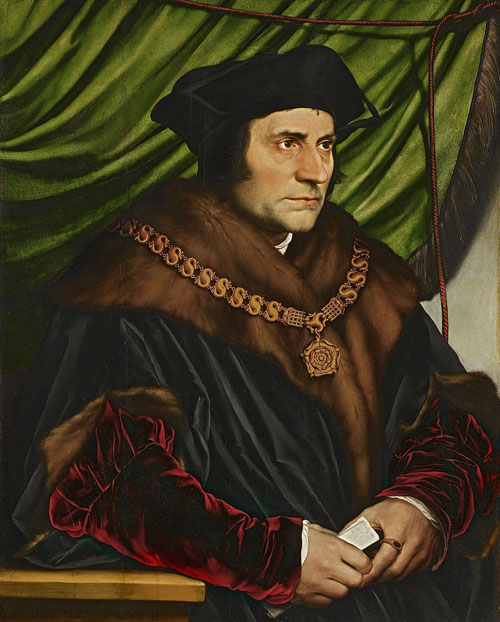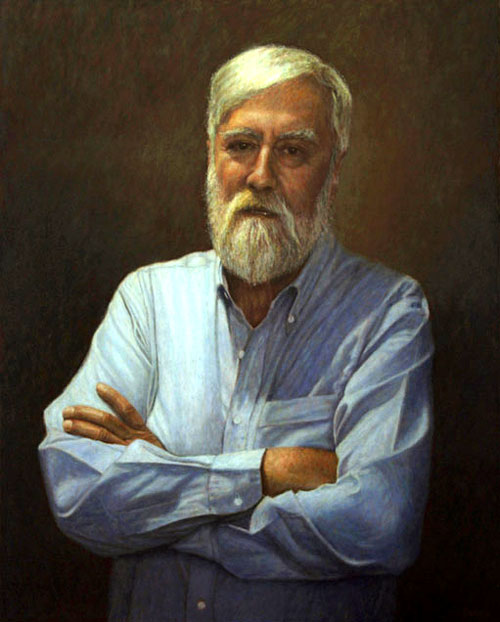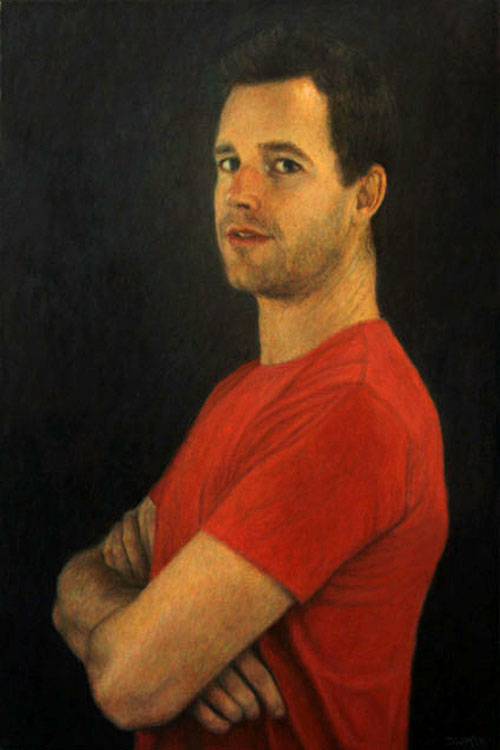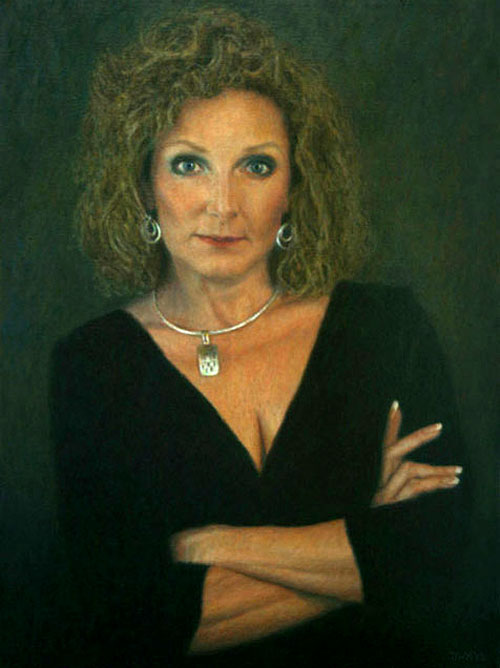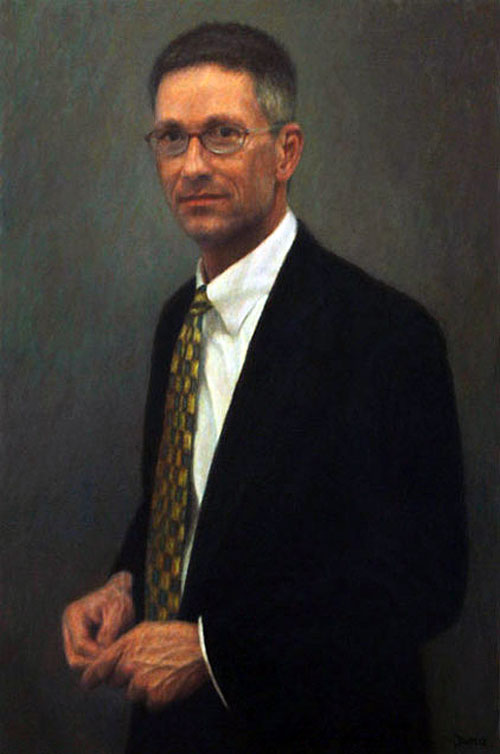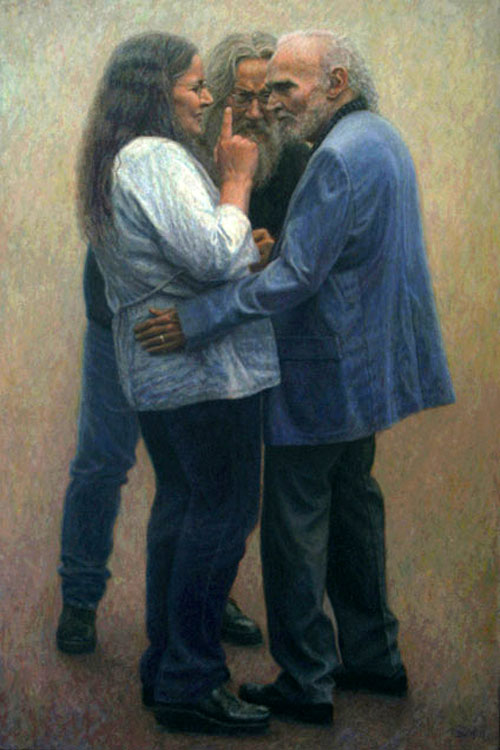Art, Writing, // April 4, 2016
Can a Portrait Still Be Great Art?
Can a Portrait Still Be Great Art?
paintings and article by – Davis W. Morton
Compared to other features portrait artists try to represent, the most important feature that can make a portrait great is actually invisible. This feature has been called a spirit or a soul, a character or personality and in spite of our inability to properly define it, this mysterious essence of who we are is what makes us all unique as individuals.
How a few great artists found a way to give us a glimpse of this elusive essence is also a mystery. John Singer Sargent was able to do it with paint while a camera was used by Julia Margaret Cameron, but what were they actually seeing that made this possible? Judging from what most of us do almost daily it seems we are often seeing something that is very similar.
Our embedded instinct to create first impressions about other people probably comes from the survival instinct of our ancestors who needed to know quickly if they should flee or fight. Like cats today, could early humans also see a field of energy around a person that gave them an another indication of what a person might be like? Just as we have lost the keener sense of smell our ancestors had, did we also lose their ability to see what we now call a person’s “aura?” Does some remnant of an aura still remain that we can sense helping us to create a first impression? Is this part of what a “good judge of character” is actually seeing?
Rather than consciously trying to create first impressions it seems we create them almost automatically with a flood of thoughts we are often unaware of until they happen: “This guy looks friendly but not too bright… he’s good looking but seems conceited… his smile is artificial… he dresses well so he makes good money… looks like he needs a lot of attention… etc…etc…” With no need to be politically correct or correct at all, in a matter of seconds, we can build an extensive profile of a person we are meeting by the time we’re introduced.
Even when our first impressions are spurred on by physical attraction it seems our subconscious mind is smart enough to not just trust attractive features as being real evidence of who a person is. So if we already look beyond appearances for the identity of every person, why wouldn’t we expect portrait artists to do the same? Why wouldn’t we expect them to use their first impressions even more proficiently than we do and why wouldn’t we also use our first impressions as a way to test how successful their portraits are?
In our image based society being attractive, happy and successful is not only a part of the good self-image we are supposed to have, this could also be a formula for most of the portraits we see today. Like a built-in first impression, it seems every person in these portraits is, attractive, happy and successful. But this first impression seldom takes us any further, so we can feel the presence of a human being, who could also be intelligent, confident or insecure, etc. In these portraits it often seems that flattery is much more important than who the person is.
Fortunately we are much more complex than this simple image. In spite of who we think we are and what we think we’ve learned every person is still just the tip of his or her own iceberg. To ever approach an accurate likeness of any human being, in addition to saying something about the features we see and the essence we feel, something of the great mystery beneath that person’s surface must also be displayed.
With this vast mystery as our true foundation and an essence that can’t be seen it may seem that an image of our appearance would be the most realistic record of who we are. But which of our countless appearances between the time of birth and death would best represent who we have always been? It would be interesting to go out for ice-cream with the four year old children we used to be. Would we even recognize ourselves by just looking at the features we had then? Like the essence of an old friend who never seemed to change for over 50 years, would we feel something of the identity we have now in those children who we used to be? In the same respect, is it the sound of an old friend’s voice on the phone we recognizes or is it the essence of that other person in that moment when two old friends can, “pick right up, where they left off?”
In reality, our essence is not only the heart of our identity and the driving force behind our actions, it also has the power to make our features display what we’ve become. Although it might be nice to think we could never, “judge a book by looking at the cover,” there is another saying that strikes us on a different level, where our instinct to create first impressions always lies in wait. “By the time a man is 50, he has the face that he deserves.” It seems this “first impression test” can even help us judge if a portrait could be great. Whether a portrait is a photograph, a painting or any other kind of image, our first impression of the person in that portrait should take us far beyond the features and the essence we can sense to the point where the mystery of who that person is will always leave us wanting more. Using this same test should help any portrait artists find more depth in their own work, and it should also help any patron find the kind of artist who creates portraits that can breathe.
Undoubtedly, great portraits are still being created today. But in the glut of portraits that only seem to serve the need for flattery, it’s not hard to overlook the excellent portraits or to see why many people think that portraiture lacks the depth to be great art. So rather than being a plea to return to a past that was never golden, this is a plea for people to find new ways to follow the lead of a few great artists who did show us what a portrait can be. In essence, there is nothing more challenging or fulfilling than trying to capture a likeness of the most complicated being that has ever lived. Whatever medium or style a person chooses, there is no work of art that could be more profound than a great portrait of a human being.
LINKS—
Website: http://www.daviswmorton.com/
Telephone: 410-437-6897
Email: davis@daviswmorton.com



